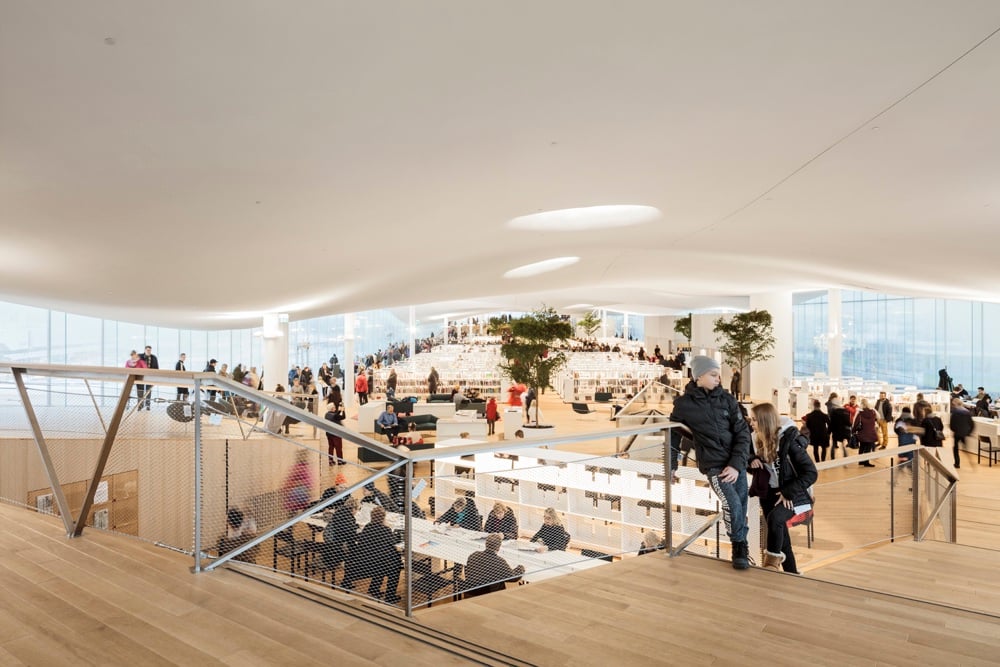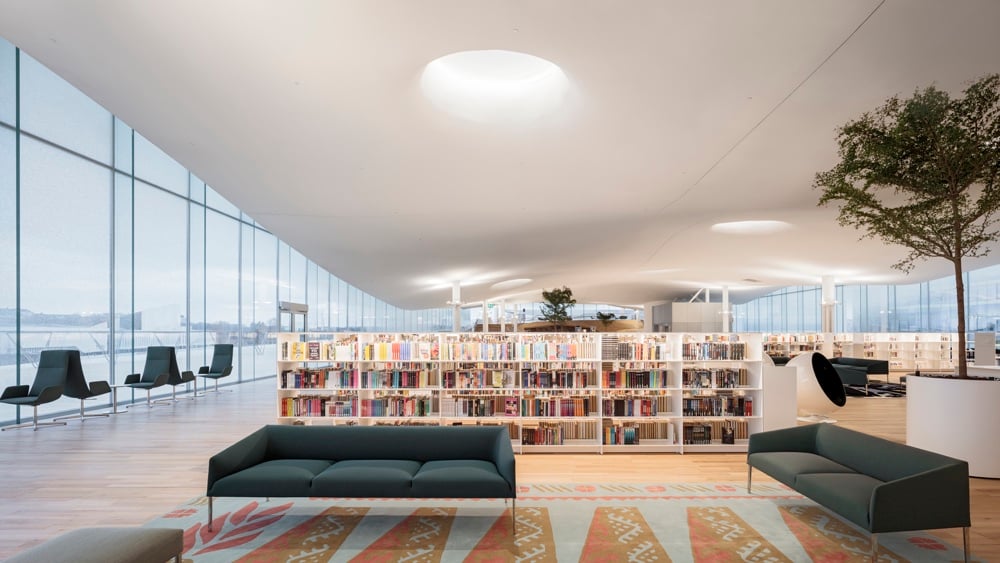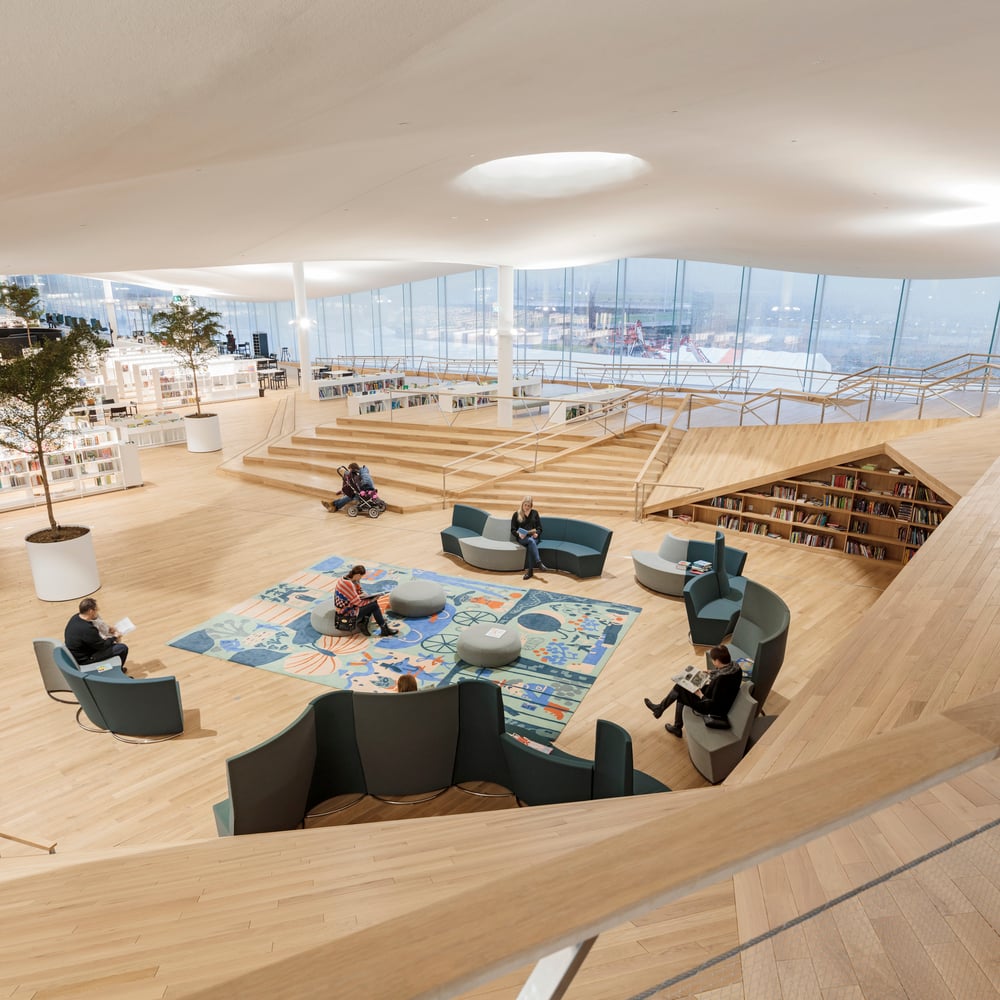Helsinki has a library to learn about the world, the city, and each other

The Finns love libraries, and a new fabulous one opened last year in Helsinki. Tommi Laitio, Helsinki’s executive director for culture and leisure was at the CityLab DC conference recently and presented some of the thinking behind Finland’s investments in libraries and culture, and why they are so important to their country.
“This progress from one of the poorest countries of Europe to one of the most prosperous has not been an accident. It’s based on this idea that when there are so few of us—only 5.5 million people—everyone has to live up to their full potential,” he said. “Our society is fundamentally dependent on people being able to trust the kindness of strangers.”
One of the goals of the Oodi library is to make them less afraid of the various contemporary anxieties and from more informed citizens.
Nordic-style social services have not shielded the residents of Finland’s largest city from 21st-century anxieties about climate change, migrants, disruptive technology, and the other forces fueling right-leaning populist movements across Europe. Oodi, which was the product of a 10-year-long public consultation and design process, was conceived in part to resist these fears. “When people are afraid, they focus on short-term selfish solutions,” Laitio said. “They also start looking for scapegoats.”
The central library is built to serve as a kind of citizenship factory, a space for old and new residents to learn about the world, the city, and each other. It’s pointedly sited across from (and at the same level as) the Finnish Parliament House that it shares a public square with.
The library is widely popular and committed to openness.
Oodi just hit 3 million visitors this year—”a lot for a city of 650,000,” Laitio said. In its very first month, 420,000 Helsinki residents—almost two-thirds of the population—went to the library. Some may only have been skateboarders coming in to use the bathroom, but that’s fine: The library has a “commitment to openness and welcoming without judgement,” he said. “It’s probably the most diverse place in our city, in many ways.” (Emphasis mine)



The images are taken from this post on ArchDaily where you can also find a lot more views of the gorgeous spaces.





Stay Connected